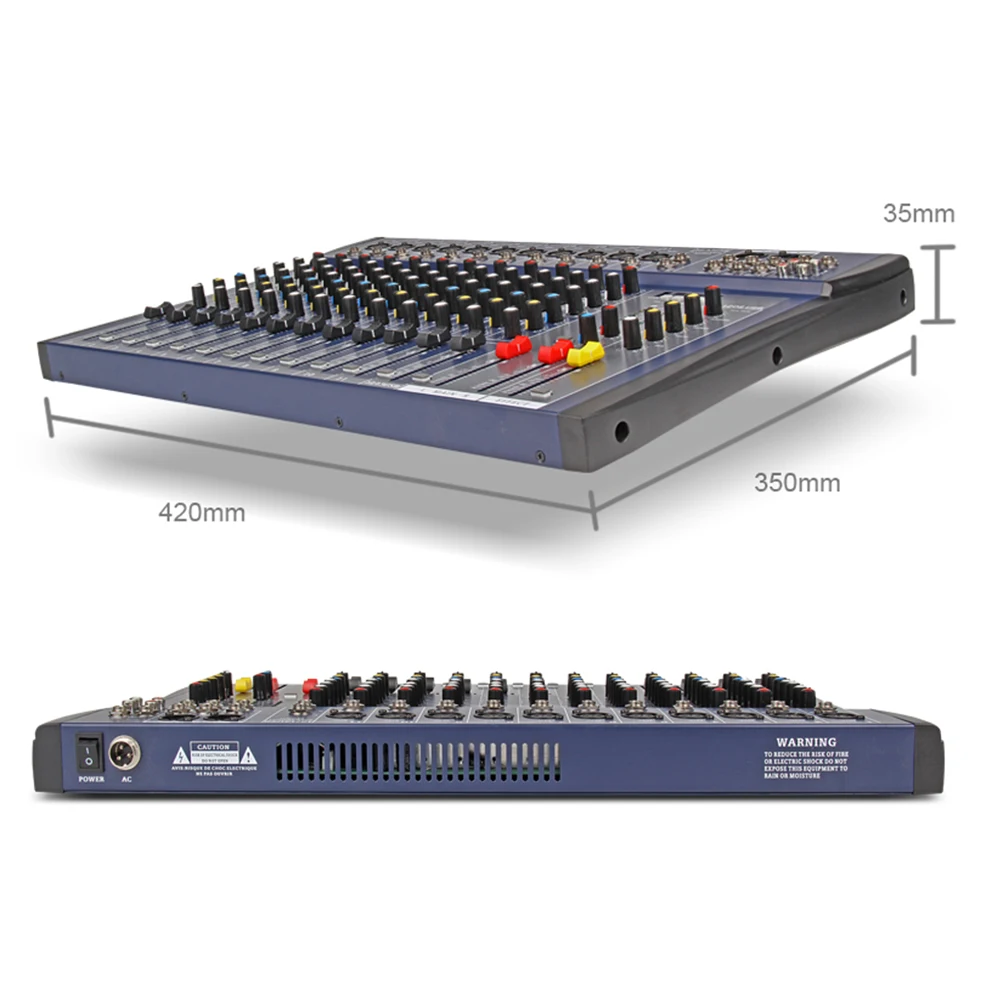

Working around 0 dB gives you the finest control over the signal level. The fader also operates on a logarithmic scale, which means that the same movement of the fader would be a small adjustment around the 0 dB mark and a much bigger adjustment the further you get from the 0 dB mark. When a fader is set to unity, it won’t boost or reduce the signal – it just lets the signal pass through. It’s best to start with faders at unity gain.

These faders determine the level of the signal sent to the master fader. Let’s double-check that the Master Fader is at unity, so that signals sent to the master fader are passed through to the main outputs. Remember, the Master Fader controls the output level of the main outputs.Įach channel strip has a fader, too.

To do that, I’ll engage the L-R button on the first three inputs. I want the first three inputs to be routed to the main Left and Right outputs that feed the main speakers. At the bottom of each channel strip, you’ll find a fader and some basic routing buttons.


 0 kommentar(er)
0 kommentar(er)
